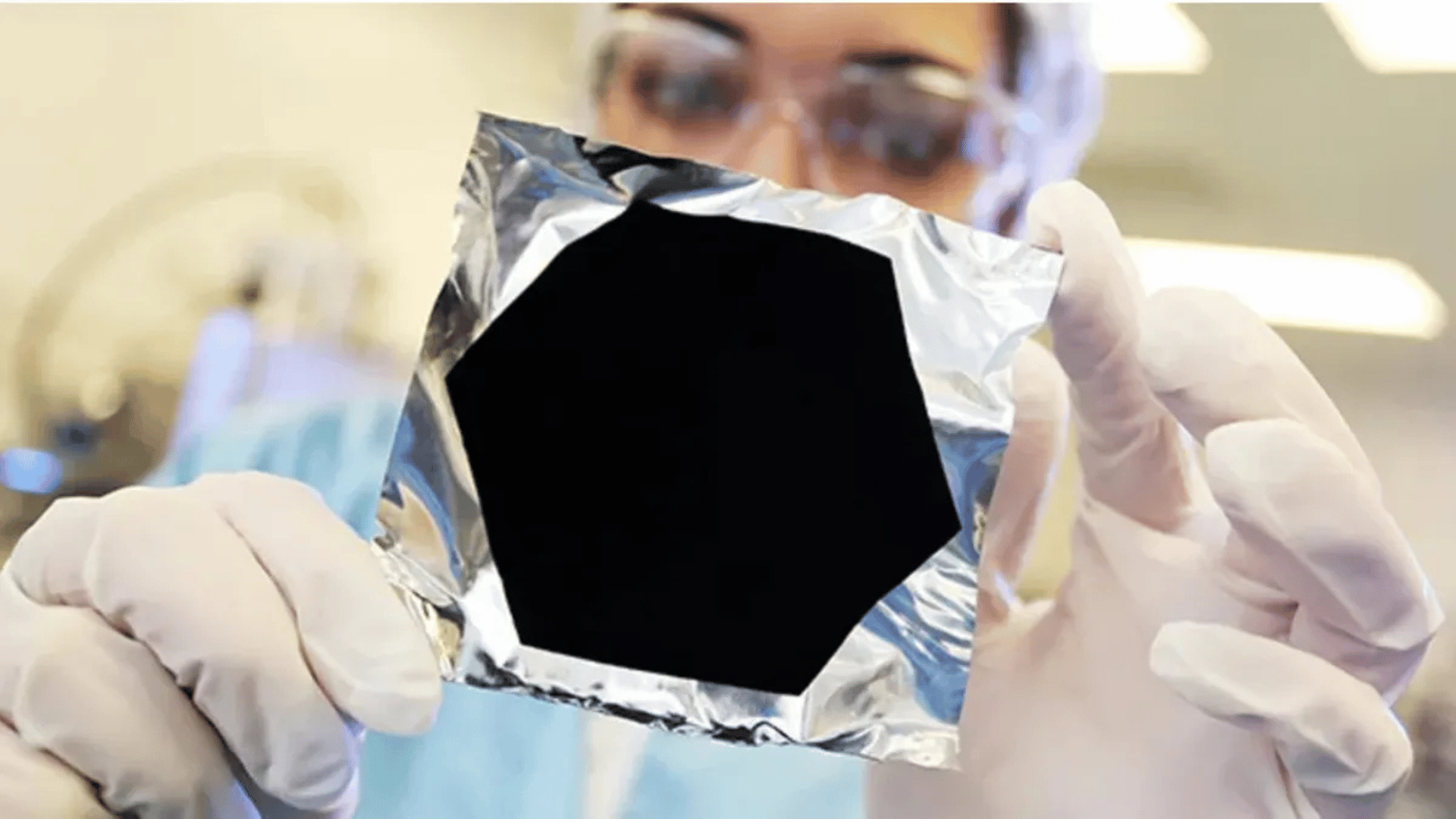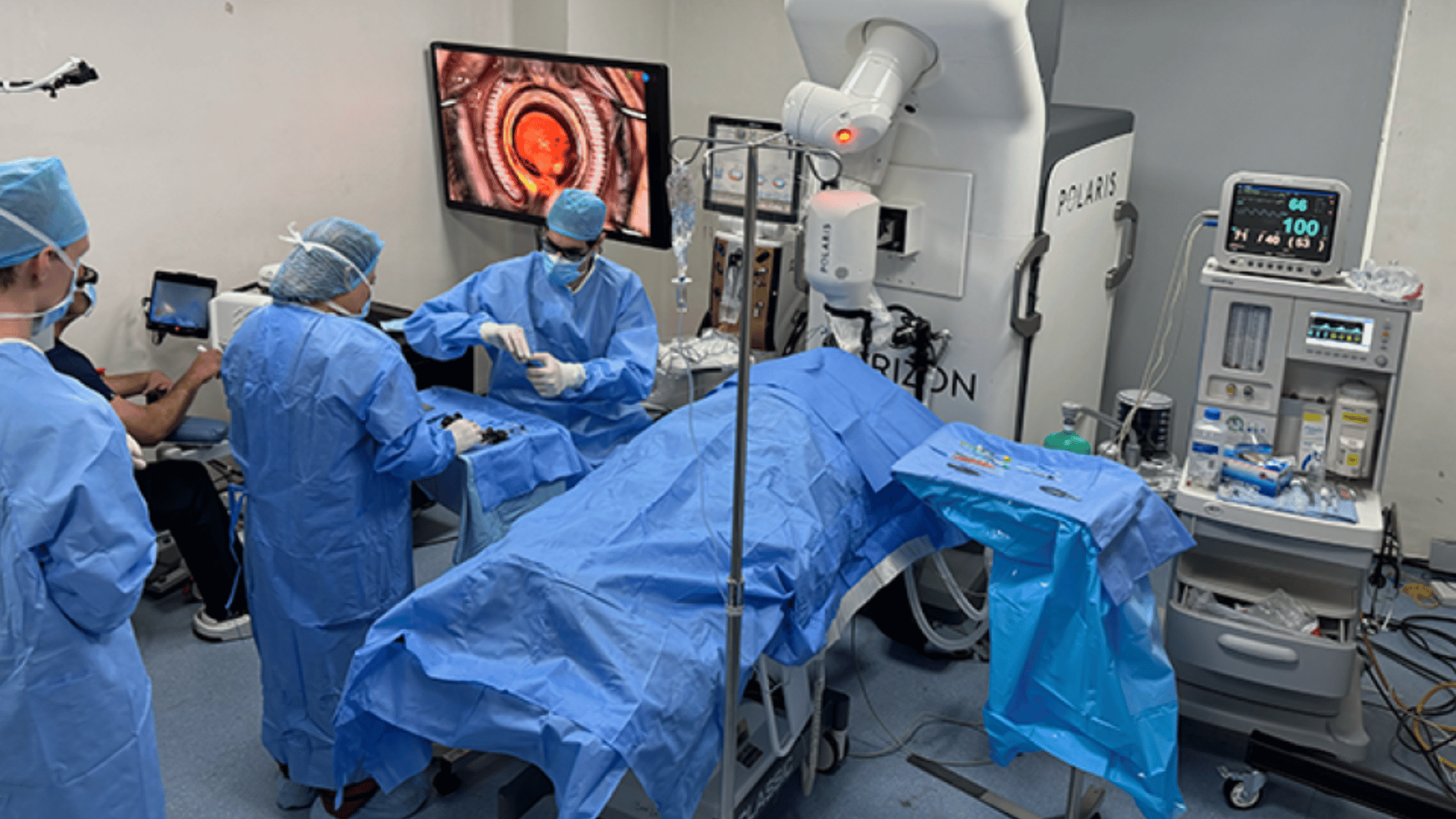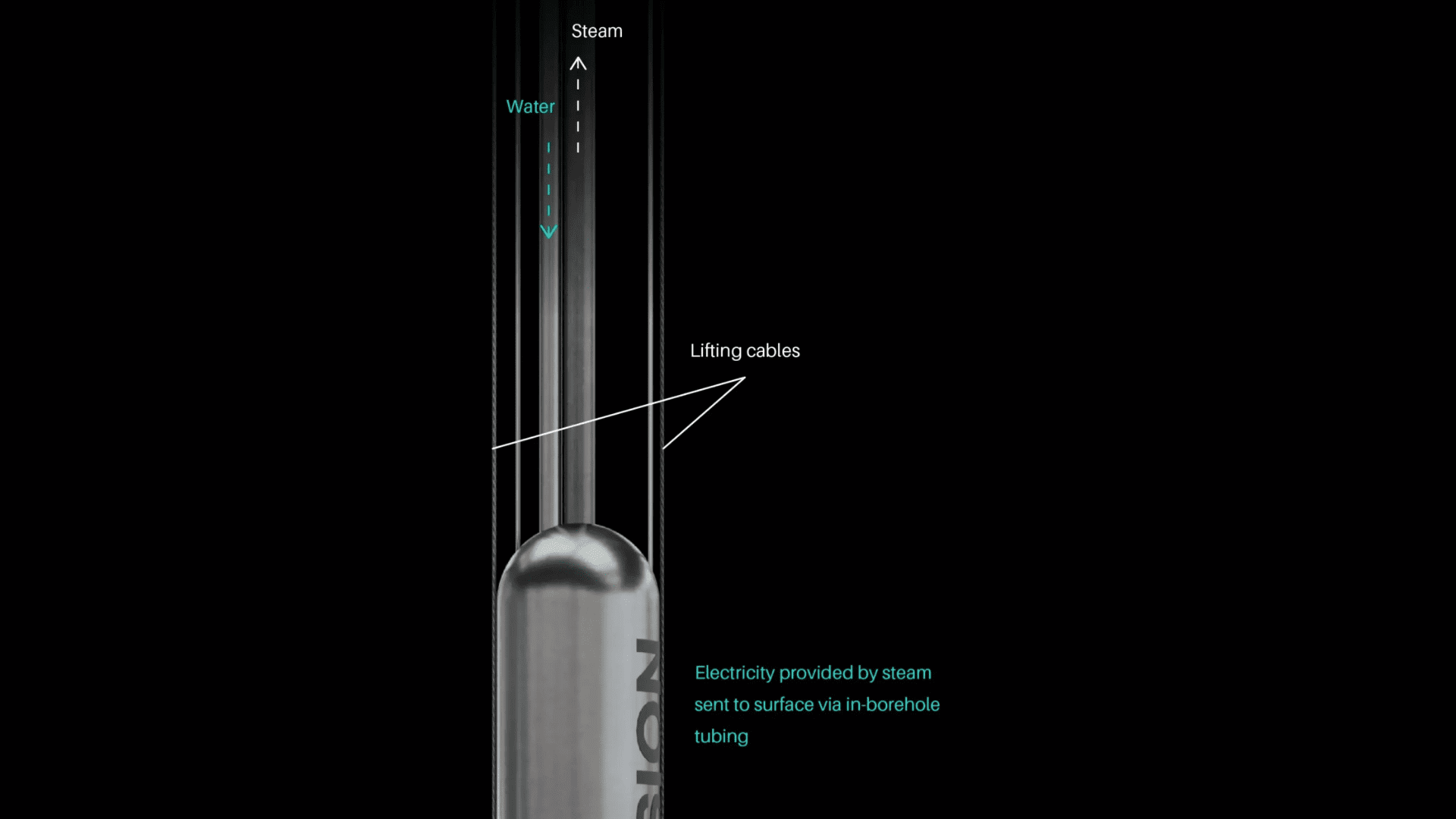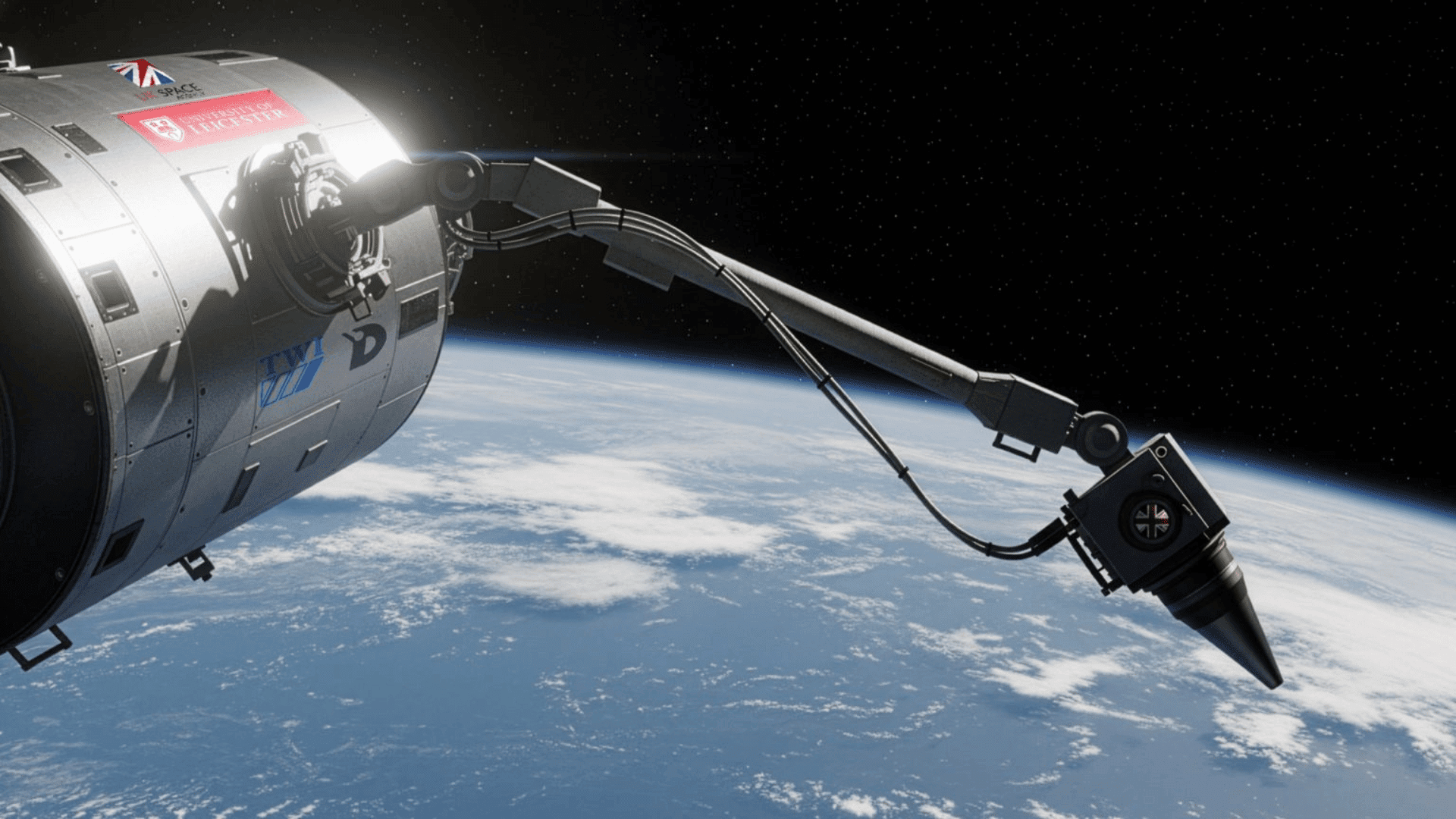As the number of satellites in orbit increases, the brightness across the surface of the Earth also increases. This means that certain areas are experiencing light pollution for the first time, threatening the natural nocturnal environment and making astronomy more difficult. One potential solution to this problem is to paint satellites with a highly light-absorbing material called Vantablack.
Vantablack Paint

Vantablack paint is capable of absorbing almost all the visible light that hits it. It was originally created in 2014 and has subsequently been used in both technical and artistic applications.
According to IFL Science, Scientists at the University of Surrey are working alongside Surrey NanoSystems to see how one version, Vantablack 310, handles a space environment. This version of the paint can absorb 98 percent of light.
The Joint Universities Programme for In-Orbit Training, Education and Research (JUPITER) is launching the Jovian 1 mission next year. This mission involves a CubeSat with one side painted with a special “hull-darkeing” material that absorbs 99.965 percent of light that hits it.
According to Live Science, by tracking the spacecraft as it orbits Earth, the team will be able to determine whether the material helps to absorb light and whether it can withstand the harsh space environment. The satellite is scheduled to launch at some point in 2026.
Though this could provide a solution to the increased light pollution from satellites, researchers are still searching for solutions for other problems, such as increased radio pollution, potential spacecraft collisions, and metal pollution from those that reach the end of their lifespan and fall back to Earth.
“Studies show that satellite mega-constellations could increase sky brightness by up to 1% in the worst-affected regions, posing a serious threat to astronomical observations and dark sky preservation,” Astha Chaturvedi, Postgraduate Research Student at the University of Surrey, said in a statement.
“Our project directly tackles that challenge by exploring innovative ways to reduce satellite reflectance. It brings together key areas of Surrey’s expertise — astrophysics, space engineering, and nanotechnology — with Surrey NanoSystems, which itself spun out of the University’s Advanced Technology Institute.”








